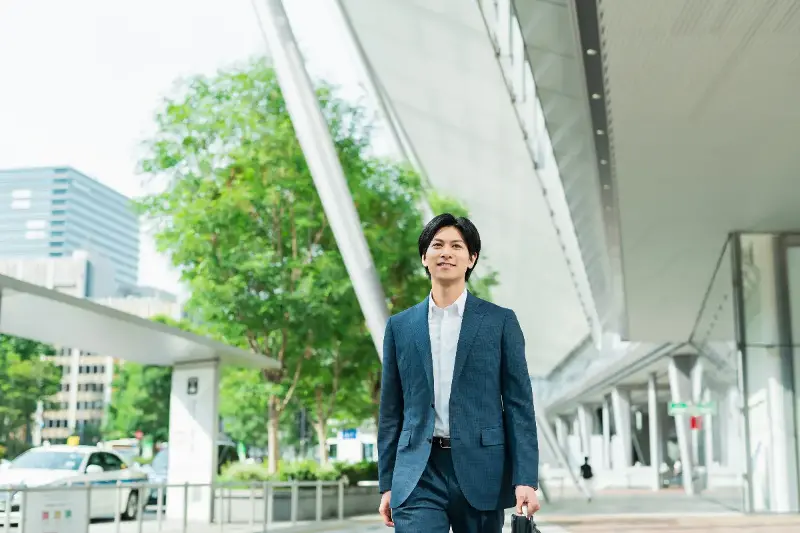First impressions are made in mere seconds, often before you’ve uttered a single word. In the high-stakes arena of job interviews, your attire serves as the opening act—the prelude to your professional story. Yet, what should you really wear to feel confident and appear ready for the success you deserve? Fashion insiders and HR veterans agree: nailing the dress code is not just about looking sharp—it’s about signalling competence, respect, and adaptability. Let’s unlock the secrets to a wardrobe that propels your career forward.
Reading The Room: Decoding Corporate Culture Before Your Outfit
Not all industries are cut from the same cloth. Tech start-ups embrace creative flair, while law firms often stick with classics. Before selecting your ensemble, investigate the company’s culture. Check their website, social media, or ask a recruiter for insight. Matching your attire to the company’s style shows initiative and cultural savvy.
- For Corporate & Finance: Stick with timeless tailoring—think navy suits, crisp shirts, subtle accessories.
- For Creative Fields: Express personality with smart-casual layers or pops of colour.
- For Tech Start-ups: Smart jeans paired with a blazer often hit the mark—a balance of relaxed and respectful.
Remember, it’s better to be slightly overdressed than to appear careless or underprepared.
The Science Behind Dressing For Success
Did you know that what you wear can genuinely affect your performance? Psychologists call it “enclothed cognition”—the phenomenon where your mindset and behaviour are influenced by your outfit. Don a blazer and you’ll stand taller; polish your shoes and you’ll walk with purpose.
A 2015 study in Social Psychological and Personality Science found that formal clothing actually boosts abstract thinking and leadership confidence. The message? Dressing up isn’t just for show; it primes your brain for success, making you appear—and feel—more authoritative.

Key Elements Of The Interview Power Outfit
Experts swear by a handful of tried-and-tested wardrobe foundations that work for both men and women. These essentials create a canvas for your unique personality to shine through.
- Well-fitted Blazer or Suit Jacket: A sharp blazer instantly elevates any look. Opt for a shape that suits your body—tailoring is everything.
- Quality Shirt or Blouse: Choose breathable fabrics. Whites, blues or pastels for safety; a subtle pattern if you wish to stand out.
- Smart Trousers or Midi Skirt: Avoid excessive flair or short hemlines. Classic cuts are universally respected.
- Clean, Polished Shoes: Footwear is more than a footnote—a scuffed shoe can unintentionally undermine your attention to detail.
- Minimalist Accessories: One stand-out watch or necklace is enough. Keep bags structured and professional.
Check your outfit’s fit and comfort. Confidence is not just felt; it’s worn.
Common Pitfalls To Avoid—And Smart Fixes
There’s a fine line between memorable and misplaced. Avoid these common missteps:
- Distracting Prints or Loud Logos: Let your talent take the spotlight, not your clothing.
- Overly Trendy Choices: Today’s fad may be tomorrow’s faux pas.
- Overpowering Perfume or Cologne: Go neutral—some offices have scent policies.
- Head-to-Toe Black: While classic, add a touch of colour or texture to avoid seeming unapproachable.
For men with facial hair, ensure it’s neatly trimmed. For women, a subtle touch of makeup can be confidence-boosting but is never required.

A Winning Attitude Completes The Ensemble
Ultimately, the most critical accessory is your attitude. Wear your outfit with quiet confidence. A genuine smile, firm handshake, and attentive listening skills echo your professionalism louder than any label.
Remember, the outfit is the trailer—the main feature is you.
As you prepare for your next big opportunity, pause to consider how your clothes can help narrate your abilities, drive, and readiness. Would you take a risk and add a touch of your personality, or play it safe with understated elegance? The intersection of style, confidence, and authenticity is waiting to be explored—what story will your wardrobe tell next?
